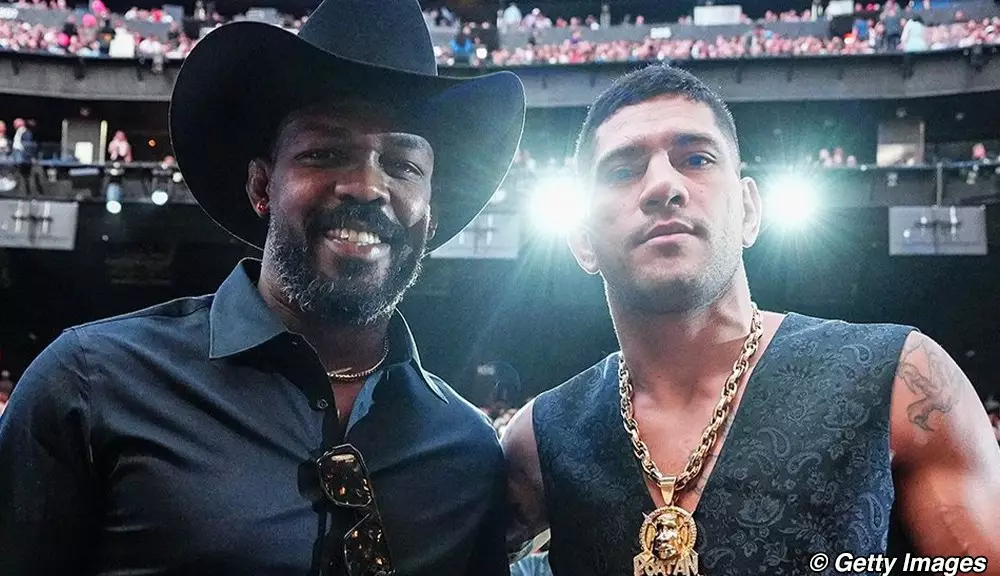The world of mixed martial arts (MMA) has seen its fair share of superstars, but in the current UFC climate, there appears to be a noticeable scarcity of fighters capable of capturing the audience’s attention and drawing in significant pay-per-view numbers. Former UFC champion Daniel Cormier voiced his concerns on the “Good Guy/Bad Guy” podcast, suggesting that only two champions — Jon Jones and Alex Pereira — currently have that “needle-moving” ability. This raises intriguing questions about the criteria needed to establish oneself as a pay-per-view powerhouse in today’s competitive environment.
Cormier’s assertion that the UFC is facing a void in major drawcards is a thought-provoking claim. While Conor McGregor has long stood as the definitive pay-per-view king, his absence from the octagon has contributed to the current vacuum. As Cormier pointed out, successful champions often require long reigns to build their brands and legacies; this consistency has historically distinguished great fighters like Jon Jones and Anderson Silva, who put together impressive title defense streaks.
In modern MMA, however, maintaining a lengthy title reign has become increasingly challenging. Fighters must face relentless competition and possess elite skills in various disciplines, making it difficult for any one athlete to dominate for extended periods. The longevity of champions like Anderson Silva, who had 11 title defenses, and Jon Jones, who has 13, seems almost mythical now. This transition could also indicate an evolution in the sport, where fresh challengers continuously emerge, making it tough for any champion to establish a firm foothold as a true draw.
Pay-Per-View Dynamics and Their Relevance
Cormier points out that even among promising champions, the ability to amass pay-per-view buys often correlates with a willingness to maintain a long title reign. For example, Israel Adesanya showcased significant drawing power during his time as a champion, yet once he relinquished the title, his appeal seemed to wane. This trend indicates that the title provides not just legitimacy but also a platform through which fighters can connect with fans.
Names like Zhang Weili, Alexandre Pantoja, and Islam Makhachev, despite their skills, lack the widespread recognition that longstanding champions possess. Their journeys serve to illustrate that just being a skilled fighter is often not enough; they need to capture public interest and build personas that resonate beyond their impressive performances.
As the UFC moves forward, the question remains: who will emerge as the next big pay-per-view star? Will the continued dominance of fighters like Jones and Pereira pave the way for future legends, or will new competitors rise to take their place? UFC 309 and UFC 307 events may serve as pivotal moments, not just for title defenses but also in determining whether the current reigning champions can solidify their legacies as drawcards in an evolving sport. The need for champions to cultivate followings is essential in a sport that thrives on spectacle and larger-than-life personalities.
Ultimately, the UFC must adapt to this evolving landscape if it wishes to return to a state where mega stars are more prevalent, ensuring that new fighters find the means to achieve both championship glory and pay-per-view success.

